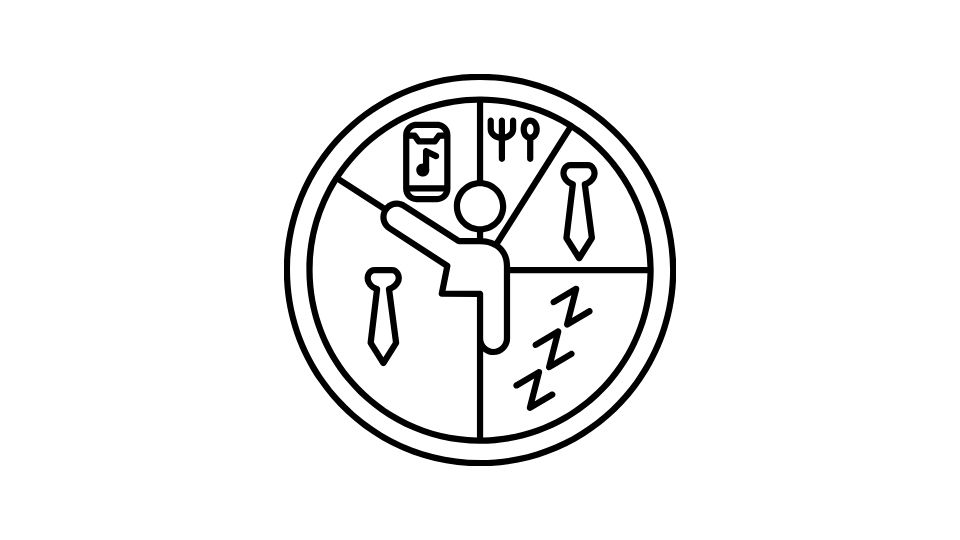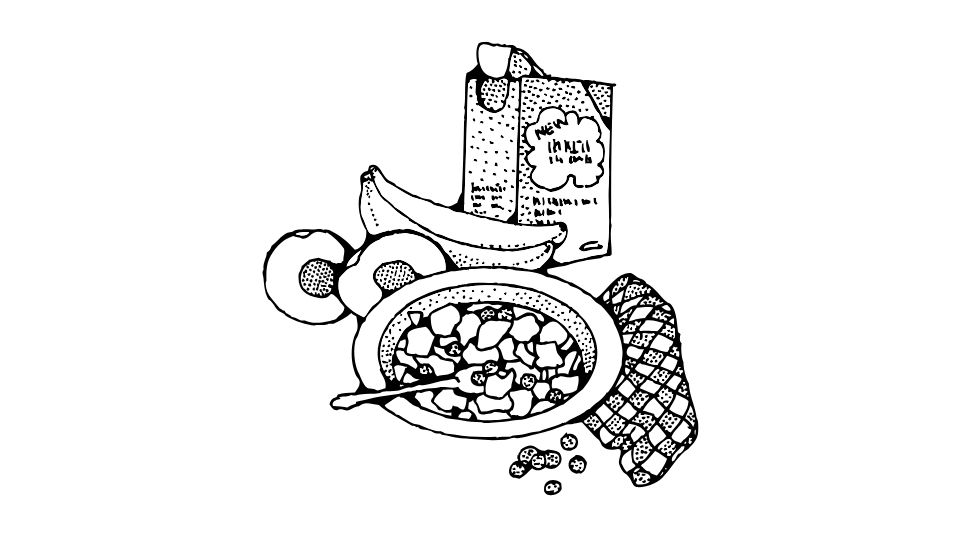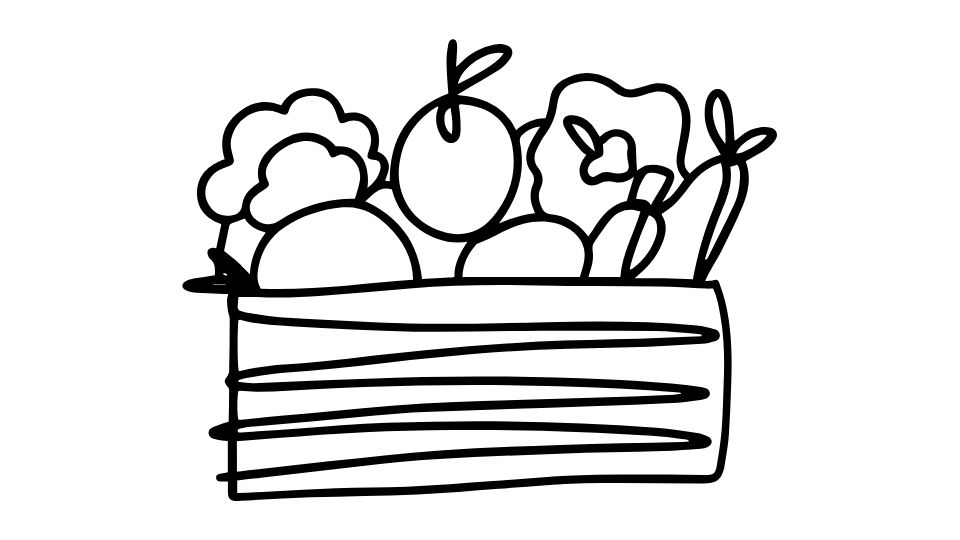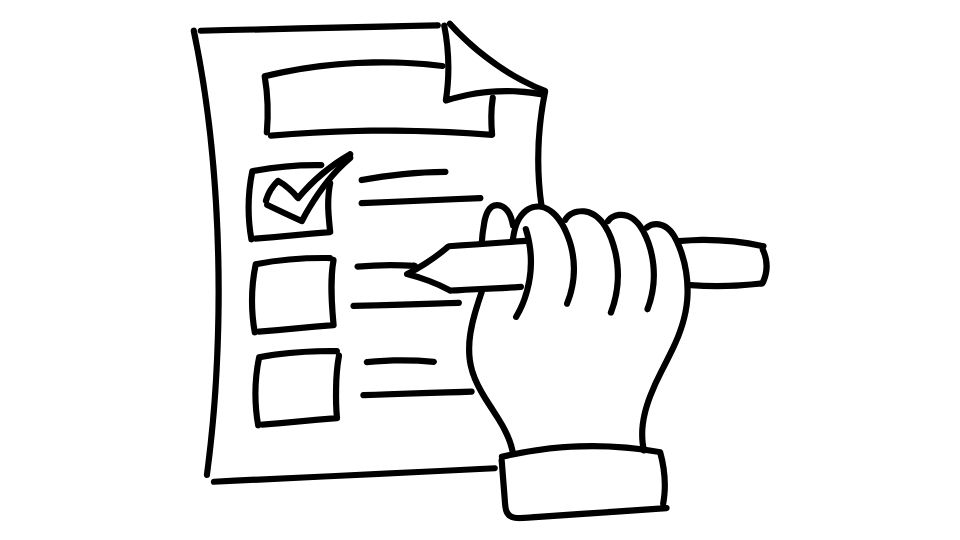Why you need to track your fiber intake (and how to do it easily)
Ever wondered why your digestion is… let’s just say… not optimal? Or why you’re feeling hungry again 30 minutes after eating a massive meal?
The answer might be simpler than you think: fiber.
Most Americans are only getting about 16 grams of fiber daily, when women should aim for 25 grams and men need 38 grams. That’s like showing up to work with less than half your uniform on. Not a great look.
I’ll walk you through why fiber matters, how to track it, and simple ways to hit your goals without turning your life upside down.

What is fiber and why should you care?
Fiber is basically plant material your body can’t digest. But don’t let that fool you – the fact that it passes through you is exactly what makes it so valuable.
There are two main types:
- Soluble fiber: Dissolves in water, forms a gel-like substance that slows digestion and helps lower cholesterol and blood sugar
- Insoluble fiber: Doesn’t dissolve in water, adds bulk to stool and helps food move through your digestive system
Why track it? Because fiber is a silent superhero for your health:
- Keeps your bathroom visits regular and comfortable
- Helps control blood sugar levels (bye-bye, energy crashes)
- Lowers cholesterol and heart disease risk
- Makes you feel fuller longer (hello, easier weight management)
- Reduces your risk of colon cancer
The problem? Most foods we naturally gravitate toward (processed stuff, white bread, meat) have little to no fiber. So we need to be intentional about getting enough.
5 easy ways to track your fiber intake

1. Use food tracking apps that show fiber
Apps like MyFitnessPal and Cronometer make fiber tracking pretty straightforward. They both have massive food databases and show fiber content alongside calories and macros.
What I like about Cronometer specifically is how detailed it gets with nutrients. You can clearly see your fiber intake under the carbohydrates section and adjust your targets based on your personal needs.
The downside? Logging every single bite can get tedious real quick. And who has time for that?
2. Try specialized fiber tracking apps
If you’re really serious about fiber (fiber enthusiast? fiber fanatic?), there are apps dedicated solely to tracking fiber intake.
Fiber Tracker & Counter lets you:
- Set specific fiber goals
- Log your intake throughout the day
- Review your history to stay consistent
Some even have barcode scanning, which is pretty handy when you’re grocery shopping and want to compare products.
3. Keep it old school with a food journal
Not everyone wants to stare at their phone while eating. I get it.
A simple notebook works just as well. Write down what you eat, portion sizes, and check the fiber content on packaging or through a quick Google search. The Harvard School of Public Health has a great guide to fiber content in common foods.
The benefit of a food journal is you can also note how you feel after meals, which helps you connect fiber intake with digestive comfort.
4. Focus on high-fiber foods (and know your numbers)
Instead of tracking every gram, just make sure you’re including these fiber superstars in your daily meals:
- Beans and legumes: 7-8g per ½ cup (chickpeas, black beans, lentils)
- Berries: 8g per cup of raspberries
- Avocados: 10g in a medium avocado
- Chia seeds: 10g per ounce
- Artichokes: 10g in a medium artichoke
- Pears: 5.5g in a medium pear
- Oats: 4g per cup
If you eat 3-5 high-fiber foods daily, you’re probably hitting your target without obsessive tracking. Easy peasy.
5. Use a text-based tracking app
For those who want the benefits of tracking without the hassle, text-based tracking apps are changing the game.
Instead of searching databases and weighing food, you simply text what you ate:
“Breakfast: 2 eggs, whole wheat toast with avocado, coffee”
The app calculates your nutrients (including fiber) automatically. No scanning, no searching, no fuss.
My top 5 tips for actually hitting your fiber goals

Tracking is only useful if you’re making progress, right? Here’s how to actually increase your fiber intake:
Start slow – Jumping from 15g to 38g overnight will make your bathroom your new office. Increase by 5g per week.
Water, water, water – Fiber needs water to work its magic. Without enough H2O, you’ll get constipated. Aim for at least 8 cups daily.
Focus on whole foods first – Fiber supplements work, but whole foods give you vitamins, minerals, and antioxidants as a bonus package.
Front-load your day – Getting 10-15g of fiber at breakfast makes hitting your daily target much easier. Think oatmeal with berries and chia seeds.
Snack strategically – Keep fiber-rich snacks like apples, popcorn, and hummus with veggies accessible for when hunger strikes.
The bottom line

Tracking fiber doesn’t have to be complicated or take over your life. Start with one of the methods above, pick the one that feels most sustainable for your lifestyle, and give it a shot for just one week.
Even that short period will give you valuable insights into your current intake and show you where you can make simple swaps for better health.
Remember, getting enough fiber is one of the simplest ways to improve your overall health, digestion, and energy levels. And unlike many health habits that require massive lifestyle overhauls, this one just asks you to eat more of certain foods you probably already enjoy.
Your future self (and your bathroom experience) will thank you.




Leave a Reply